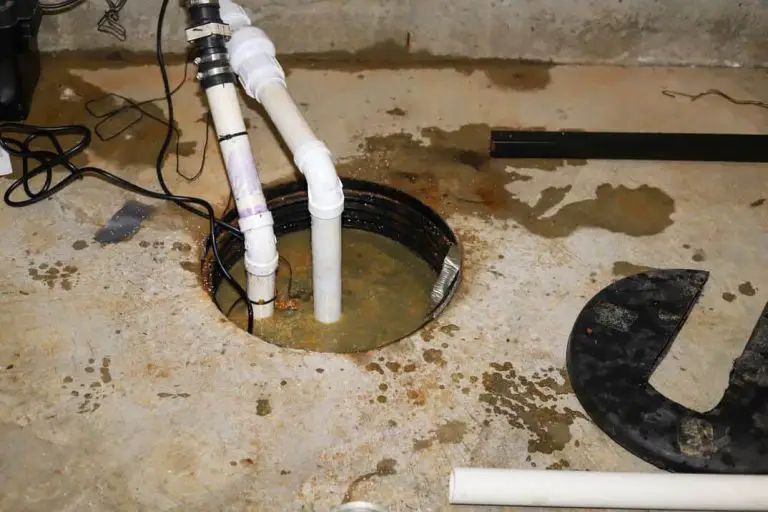How To Install A Battery Backup To An Existing Sump Pump
Did you know that installing a battery backup to your existing sump pump is a security measure? It is one of the safer options to ensure you have continuous power on your primary sump pump if there is a power outage. Flooding can quickly get out of hand, and any measure to help protect your property is well worth the effort. Here’s how to install a battery backup to an existing sump pump.
Before you begin:
- Find a good location
You usually mount the battery backup sump pump over the primary sump pump. Before installing a battery backup sump pump, make sure you have enough space in the basement to accommodate it. Ensure there’s enough space on the wall that’s away from the watercourse. Also, make sure there is room in the pump basin to house the new backup pump. You also need to consider the cost of maintaining the battery power in the backup sump pump. Make frequent checks to ensure there’s enough fluid in the battery to help keep it running.
Tools you will need:
- Battery
- Battery cable
- AC/DC connector
- Battery case
How to install the backup battery
- Erect the battery on the wall as near as possible to the power outlet. An extension cord is not the ideal way to provide current to the battery.
- After you mount the battery on the wall, attach the battery cords to the outlet. Ensure you keep the switch in the OFF position. For your safety, the red cable is the positive charge, and the black one is negative.
- The connection helps to transform the AC/DC capacity, and also charge up the battery.
- Attach the pump cable to the AC connector and the other cord to the AC power source.
Next, test the battery by disconnecting the connection from the AC source. Observe how the pump kicks in on its own without electricity.
Installing the backup sump pump
To set up a backup sump pump to your sump pit, here’s what you will need.
- PVC pipe
- Check valve
- Float switch
- Battery
The process:
Install the discharge line
The discharge pipelines will attach to your primary pump. A piece of PVC pipe with a hole for the backup pipeline will work.Attach the battery backup and the backup pipeline at about a 45-degree angle. Then, ensure you attach the primary piping with a Y-connector. Next, you will need to position the check valve under the Y-connector and also beneath the 45-degree angle. The check valve is essential to ensuring that the floodwater does not cause backups in the sump pump.
Steps in installing the battery sump pump
- Position the backup sump pump alongside the primary pump. However, you need to make sure the two systems do not touch each other.
- Attach the discharge line
- Use a PVC pipe hose. Insert the piece of discharge plumbing T-joint with a threaded hole.
- Place the T-joint in position, either upwards or across the area of the discharge pipe in the primary pump.
- take the male adapter to connect the PVC pipe hose to the hole in the T-joint.
- Use a screwdriver to fasten the screw and connect the T-joint directly into the backup pump system.
2. Attach float switch
Position the float switch for the new backup pump over the primary pump. Select a point where you feel the water level can adequately cause the backup battery to activate the pump. Next, attach the float switch to the discharge pipeline. Attach the battery backup charger. You will not need a converter or cable with this connection.
- Test the pump
- Afterward, unplug the cord to the primary sump pump and test the new backup pump.
- Fill the sump pit with water and check to see that the backup pump is cycling as it should.
Conclusion
A quality battery backup sump pump can help provide much-needed pumping power if and when your primary pump fails in a power failure. Your battery backup sump pump does not need electrical power to keep cycling and will help keep your primary pump running, especially in an emergency. You can install a battery backup sump pump in a short time with a few easy steps. It will provide the peace of mind you need in the event you experience flooding during pump failure.

